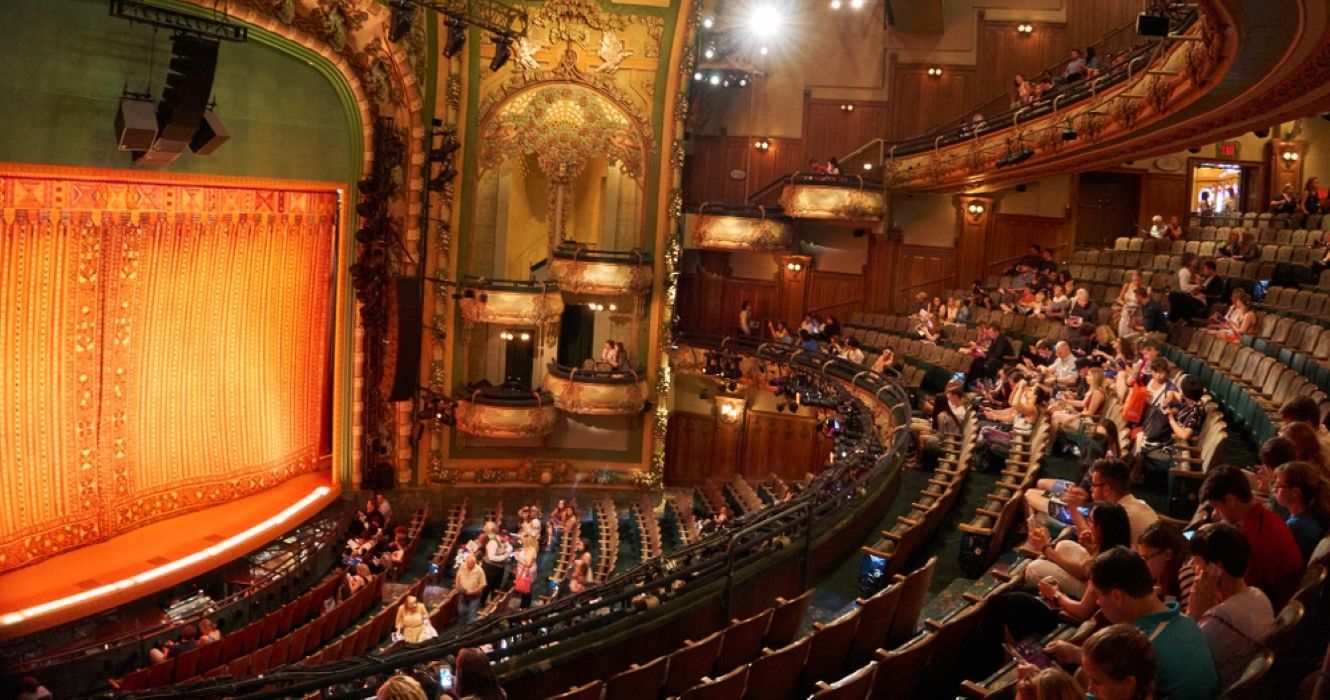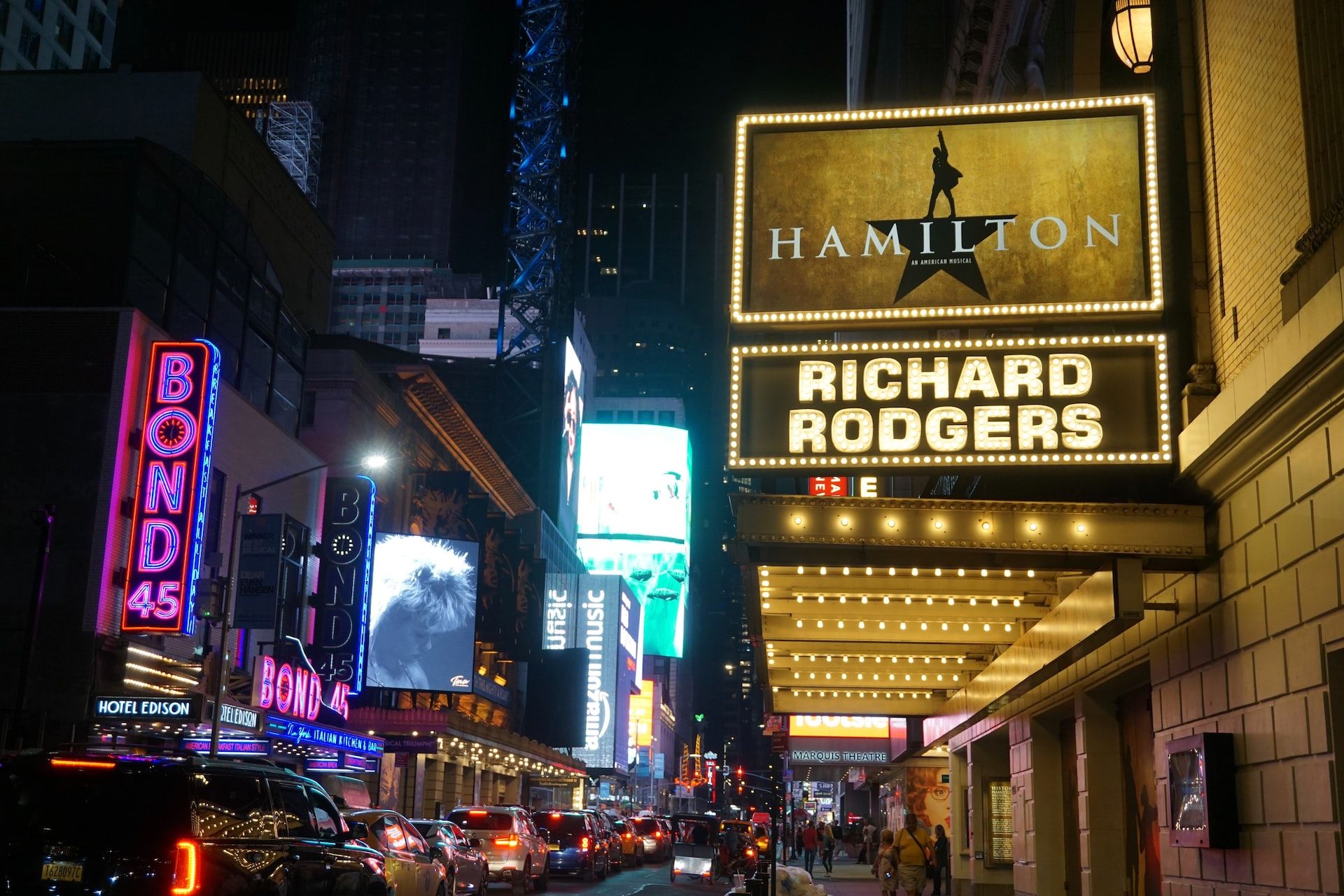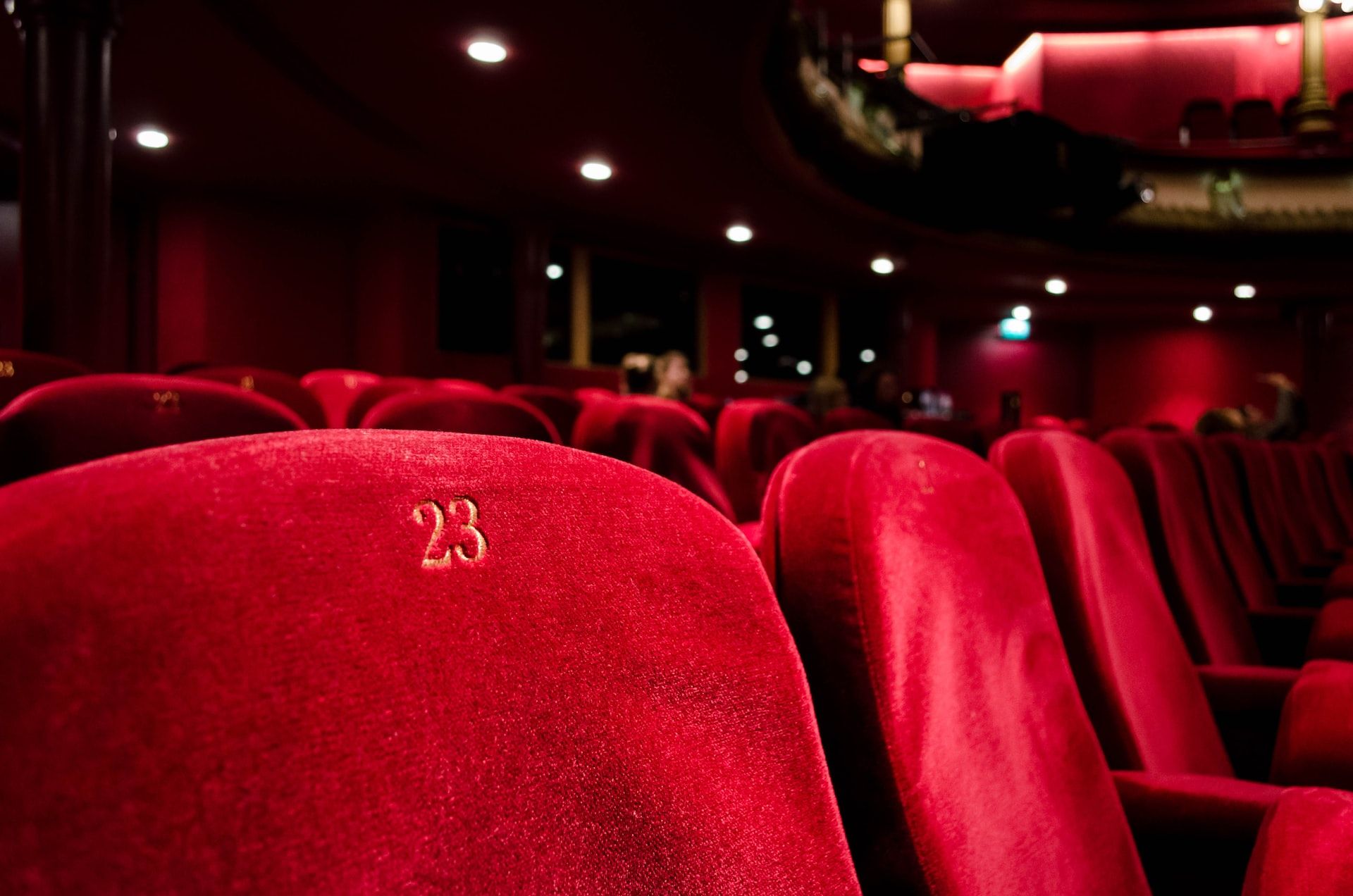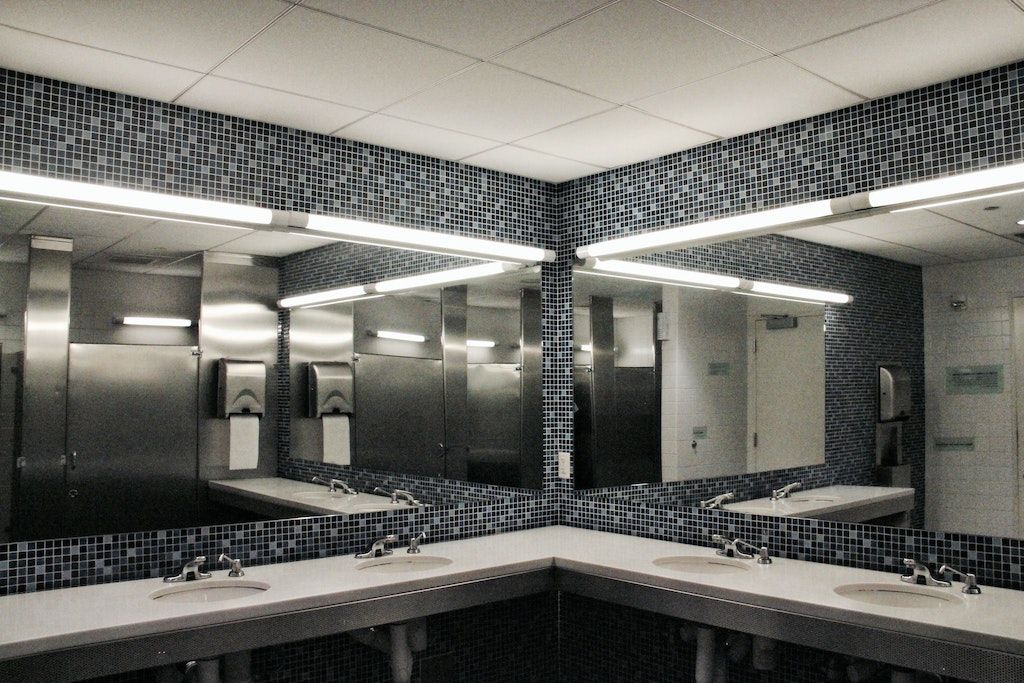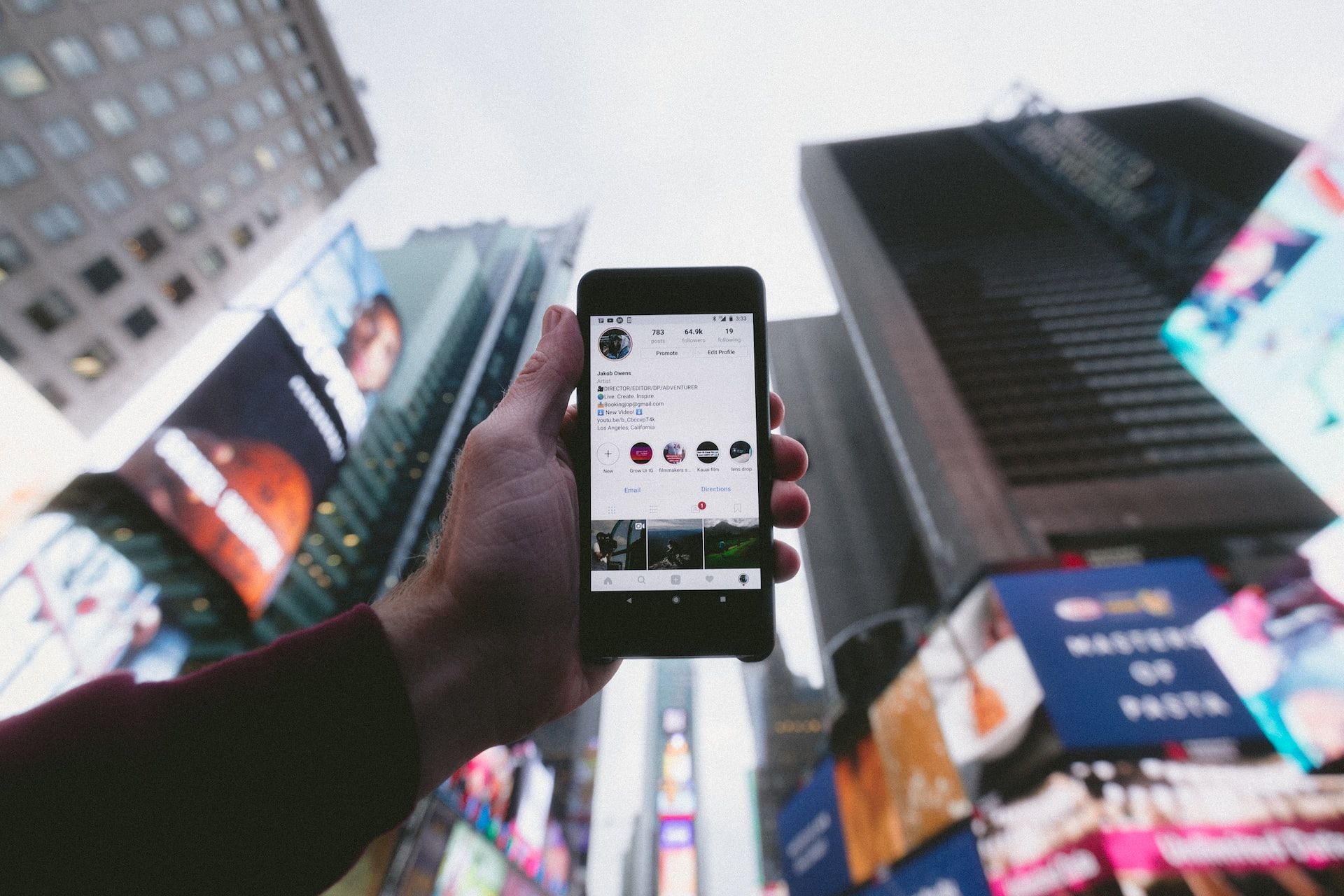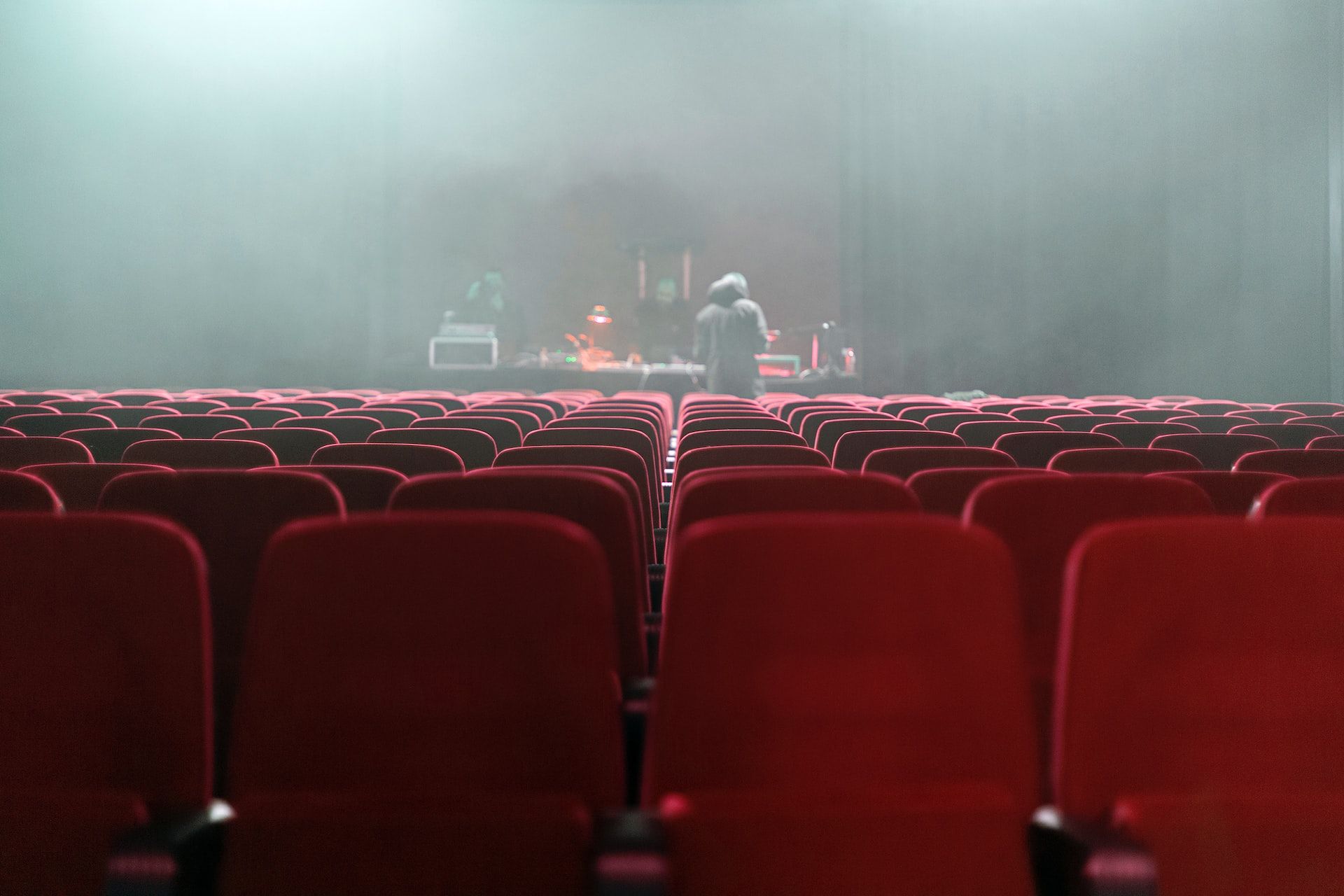Seeing your first Broadway play is one of the best things to do in New York City. From buying tickets to getting settled in at the theater, there are many protocols to keep in mind to make sure this experience is enjoyable for all in attendance. Here are 10 things to do know before attending your first Broadway play in New York City.
10 See Which Play Or Musical Might Appeal To You
From classics to contemporary works, Broadway performances can appeal to many tastes. Often they fall under two categories - musicals and plays. Musicals are highlighted by group numbers and/or solo performances, while plays focus more on the spoken word.
The plot of a Broadway production can be based on a true story or fictitious or even a piece of work such as a movie or a novel. Some Broadway performances have ongoing dates, while at times, others can have shorter runs or come back as revivals.
9 Research Your Ticket Options
Buying a ticket to a Broadway play or musical can be done online through major ticketing sites or valid third-party vendors. Links for buying tickets via a show's website direct to Ticketmaster or Telecharge; TheaterMania, Broadway World, and Playbill also have links transferring to them. TodayTix offers discounts on many hot and new productions and has a wide selection of shows.
A Broadway theater has three seating areas - Orchestra, Mezzanine, and Balcony. Orchestra seating is the closest to the stage and is where a performance’s live orchestra is stationed; their ticket prices are often the highest in cost. The balcony is higher up in the theater, with tickets often being less priced. Online ticketing sites provide a seating chart displaying what seats are currently available and at what costs. They'll also note if a seat might have an obstructed view, meaning that the seat does not provide a full view of the stage.
Accessibility seats are available at performances too, which can be indicated through the seating chart. For additional questions, contact the theater directly. Theatre Access NYC provides accessibility information on current Broadway shows.
TKTS is a longtime ticket seller, but their sales are done in person at their Times Square booth - they have a second location in Lincoln Square - to buy same-day and next-day show tickets. Their mobile app lists what tickets are available in real-time.
Lottery tickets are a budget-friendly option. They are offered via the show's website, where people submit their names and email addresses to be selected for a select amount of next-day show tickets. After the deadline for submissions has ended, winners are chosen and notified by email but also given a tight deadline to claim them by.
Rush tickets, which become available on the day of a performance, are another alternative. There also might be Standing Room Only tickets, in which ticket holders can watch a performance by standing in a designated spot that’s usually in the back of the theater. These tickets can be sold at the box office.
It’s also possible to buy tickets directly in person from the box office at the show's theater. Head there in advance of a performance date to see what's available.
8 Give Yourself Extra Time To Get There
Due to travel time, such as with taking the subway in New York City, give yourself a grace period for getting to the theater. Always check the start time listed on your ticket beforehand. Matinee shows usually begin at 2 pm, while weeknight performances happen at 7 pm, with Friday and Saturday showings around 8 pm. It’s best to arrive between 30 and 40 minutes prior to the start of the show, as security checks are done before being permitted to enter the building. Print out e-tickets for easier check-in, or arrive a bit earlier to pick up tickets from the box office’s “Will Call” window. Once inside the theater, with your ticket in hand, ushers will give directions on how to get to your seat. If arriving late and the performance is underway, the theater’s management will seat latecomers at their discretion.
7 Get Something To Eat Beforehand
Typically, Broadway shows can run in length for around two hours with a brief intermission (in some cases, they run straight through without one). Most theaters have concession stands selling candies and bagged snacks and beverages, but they can be pricey. So it might be good to plan when and what to eat ahead of time. For pre-show dining, the Theater District and its neighboring Hell’s Kitchen has many restaurants to choose from. Among them, Sardi’s is known for their caricatures of Broadway performances hung throughout the restaurant.
While it's tempting to nibble on something small or sweet, please don't do it during the show. Ruffling or chewing noises are seen as a nuisance.
6 Be Mindful Of Space
Seat location is first marked by row, as each row is alphabetized and broken up into segments. Seats will be marked with specific numbers. All of this information is listed on a ticket; ushers can also help if unsure about finding it. Seating rows at professional theaters feel similar to being in an airplane’s economy class as they are tight on space. Try to avoid using the sides of your chair as an armrest, and don’t hang your coat far off the back of yours as it will encroach on the space of the person behind you. When a fellow theatergoer is coming to sit in your row, It’s common courtesy to stand up or maneuver somehow, so this individual can pass by easier. Avoid bringing big bags along to the theater, as they’ll block up space too.
5 Go To The Bathroom Before The Show Starts
While a Broadway theater has much seating, its bathrooms are usually smaller and don't have a lot of stalls. Lines for the restroom can get long if you gotta go, and often it happens during intermission. So try to make a pit stop before the show begins, or if possible, before arriving at the theater.
4 Read The Playbill
Your Playbill is more than a memento. It tells a lot about the production, first with a breakdown of the performance by acts and intermission and especially the cast and crew. They list the performers' acting credits and feature their professional headshots. Some shows might include a slip of paper inside the Playbill that indicates if the performance might have a change in the lead cast. Other parts in your Playbill feature stories on other Broadway performances and performances. Take a look before the show starts and while the house lights are on.
3 Stay Silent During The Show
As a common courtesy, turn off your phone or at least make sure it’s on silent. A ringtone or a buzzing notification could distract stage performers in the midst of a monologue and run the risk of screwing up an epic moment. Also, please don’t send or look at text messages while the show is underway, as it can also be distracting to those seated around you. And please don’t try to take photos or film videos while a performance is taking place - unless you want the management to have you leave early. It’s also considered to be rude to talk during production, as conversations between seats can cause disruptions and cause fellow theatergoers to miss out on what’s being sung or spoken. Remember, too, that a musical is not a concert. While it might be tempting to sing along with a number, please don’t.
However, applause is encouraged at appropriate times. Usually, applause is waited until the end of a show, but it could come up throughout it. For example, if a high-profile star walks on stage for the first time, then it's common to clap.
2 Keep Opinions To Yourself
Granted, some Broadway plays might not appeal to all audience members. However, it's in bad taste to speak of any negative or critical opinions while seated inside. Note the person sitting next to you might be associated with it. Imagine the parent of a cast member or understudy or a major film director looking for the next big production sitting behind you.
1 Stay For The Curtain Call And The Stage Door
A curtain call is a theater practice in which the cast lines up to take bows at the end of a performance; it’s also a moment of recognition for their hard work. Theater etiquette implies that it is considered rude to leave the theater during the curtain call.
There’s also a practice known as the stage door, where theater fans will wait outside after the show to see the performers as they’re leaving the building. Some may stop and sign Playbills and take photos, while others may choose not to. Either way, respect their decision.
After your first Broadway play, learn more about the history of NYC theater by visiting the Museum of Broadway.

